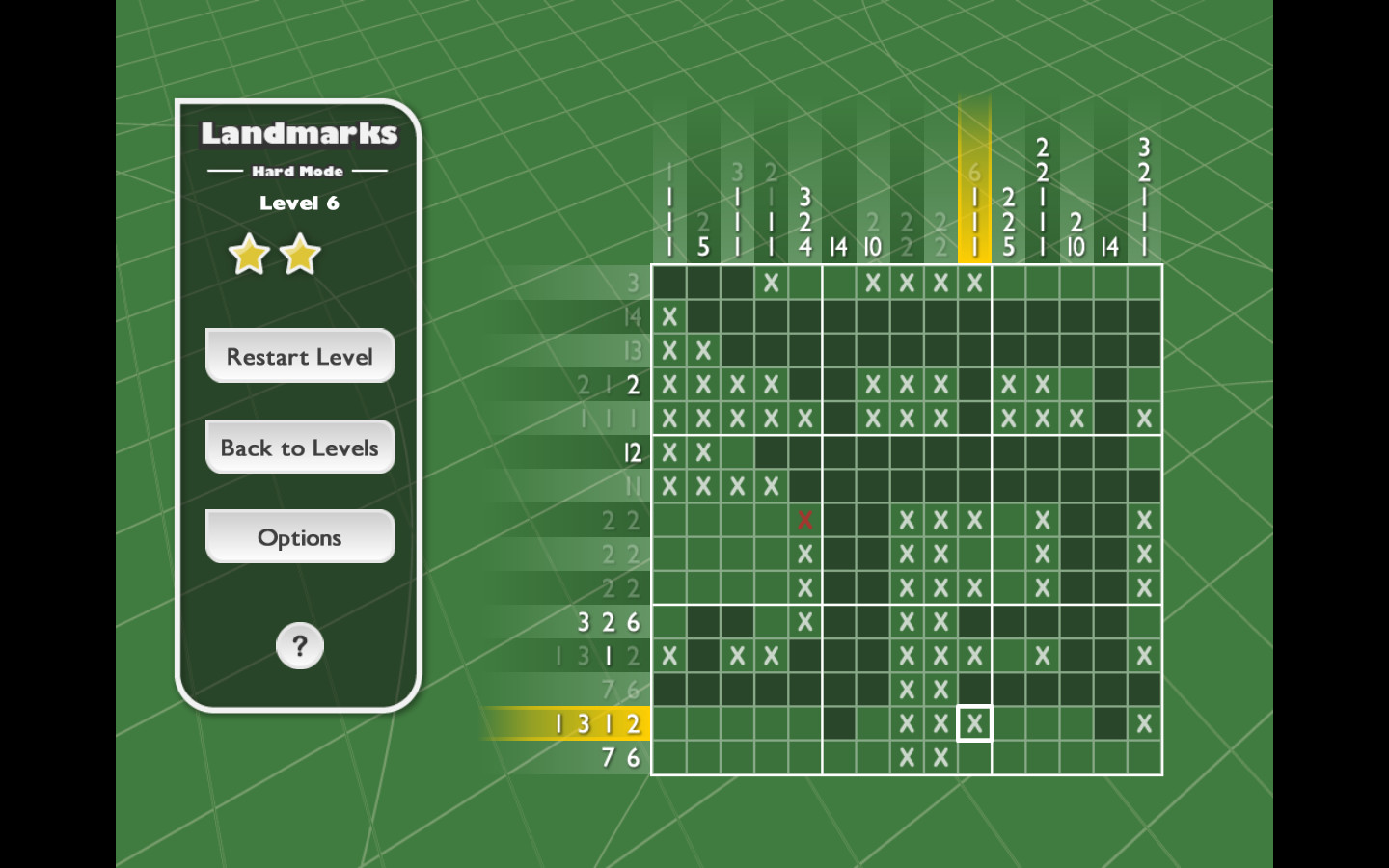
This story can be as short as a paragraph or as long as several pages.

The purpose of this part of the exercises is to help give structure to the behaviors of the game through a narrative structure. Write a short story that explores the “who” (tokens), “where” (territory), “how” (rules), and “why” (stakes). Use surveys to refine your questions for subsequent iterations. Play it again and reflect on the experience with your partner. Use sharpies, matte knives, and other materials and tools to create a quick, low resolution mock up. Using the elements of iteration one, mock up a second iteration and play it again. What might you change about the design of the game considering the tokens, the territory of play, the rules, and the stakes? Using these reflections as a guide, consider what changes you might make to the game. Each player should fill out and post to their blog a survey about the experience. After you have played the game, reflect on the experience with your partner. Be careful when using your matte knife, always taking care to cut against a flat surface and keeping your fingers out of the path of the blade. Once you’ve adhered your image to the chipboard, a few simple cuts with a sharp matte knife is all you need…first across the long dotted line to create columns then across the other direction to separate the tokens. Only use spray adhesive outdoors or in a well ventilated space. Use spray adhesive to adhere the printed board and pieces to the chipboard, creating a territory for play. You can make your own checker pieces and board by downloading it from the STEAMstudio site. Begin by playing checkers with a partner, and integrating your reflections of that experience into subsequent iterations. Begin the design process with the user experience.


 0 kommentar(er)
0 kommentar(er)
